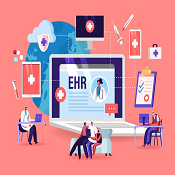
Product Engineering for Smarter Healthcare Tech
Explore the impact of software product engineering on healthcare innovation with AI integration, medical device development, & digital health solutions.




© 2024 Crivva - Business Promotion. All rights reserved.